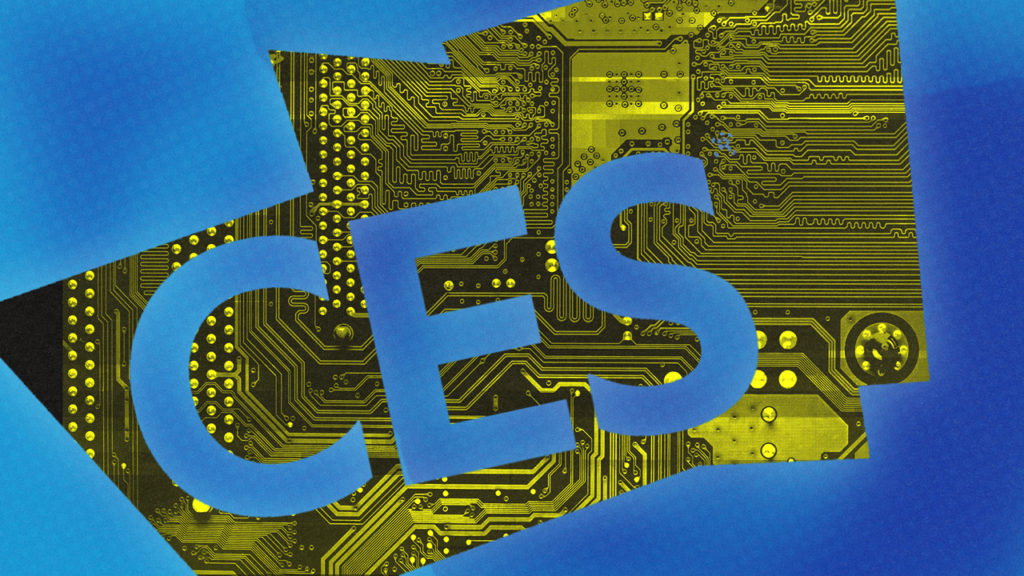2020 is looking like the year where virtual reality moves beyond the early adopter phase and goes mainstream. Here’s what brands need to know to best leverage the tech.
CES is a wrap and as expected, augmented reality (AR) and virtual reality (VR) news and devices dominated. While we can’t possibly cover it all, we wanted to draw attention to some of the highlights that are most relevant to the future of mixed reality (XR) and your business.
The AR/VR & Gaming area at CES was huge this year and we expect it to continue growing as technology advancements and XR become more commonplace in homes and handheld hardware.
Qualcomm Teams Up With Niantic For AR Glasses
What’s Happening: Pokémon Go creator, Niantic, has partnered with Qualcomm over a multi-year partnership to create AR glasses utilizing the XR2 chip. Like the XR1, XR2 is specifically developed for VR/AR applications, but new features such as 5G connectivity, voice-based interaction, eye-tracking, passthrough and much more signals the next generation of consumer AR and VR products.
Why it Matters: If you haven’t been thinking about AR/VR applications for your business this is a pretty big indicator that we’re moving toward an augmented future and now is a great time to get started. Niantic’s arguably the most well-known name in AR, partnership news is a good indication that you can expect AR to grow well beyond what we see today.
Inconspicuous XR
What’s Happening: AR glasses seem to be the next big foray into our everyday life and the challenge is to make them fit naturally. From Norm Glasses and Nreal’s Mixed Reality glasses to Samsung’s venture into AR and Panasonic’s VR concept, we’re seeing a big push to normalize AR/MR (mixed reality) glasses and VR headsets to keep them looking like everyday products.
Why it Matters: This decade we’re going to see AR and MR glasses become a part of our daily life. Now’s the time to start thinking about how brands can leverage these features. Think next-level QR codes that users can interact with in real-time as they explore a city or a museum while the info shows up directly on their discreet glasses. Normalization for AR/VR tech is a big deal and could be the key to moving from early adopter phase to being as widely used as smartphones.
Breathing New Life Into Less Capable VR Headsets
What’s Happening: Pimax announced a couple of headsets called the “Artisan” which are tailored to entry-level users. The pair of headsets will give consumers an option of which route they want to go when jumping into VR. One includes integrated audio and other expected features from a VR headset, while the other is barebones and provides options to users to upgrade as they see fit. The NOLO tracking features is where this gets interesting. NOLO VR tracking can take a 3DOF (3 Degrees of Freedom) headsets wherein users perspective is fixed and can convert that to 6DOF (users are able to move freely in a virtual space).
Why it Matters: It seems that with both the entry-level Pimax and NOLO Tracking are aimed at getting more people into VR. The NOLO VR Tracking specifically aims to breathe new life into 3DOF headsets, such as Oculus Go and Samsung Gear VR (7.8 million total units shipped), allowing a much larger install base to take advantage of 6DOF VR experiences.

